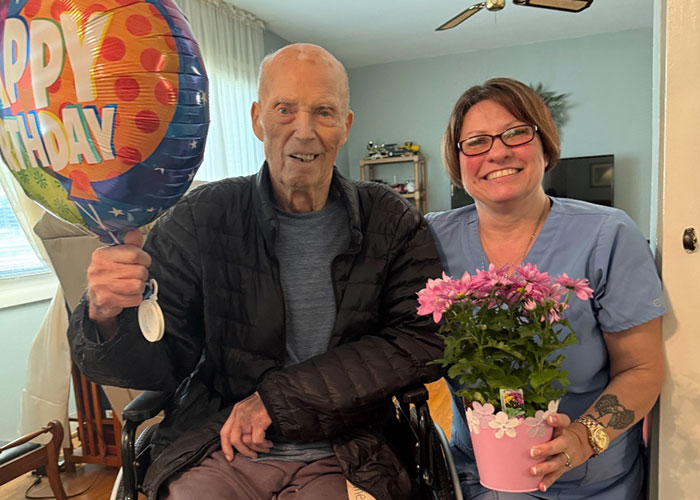Activities to Engage Alzheimer’s/Dementia Patients

Often, when our intentions of ensuring that a loved one with dementia or Alzheimer’s is being given the best of loving care, we might overlook the fact that they still have likes, dislikes and personal interests. Here are some engaging activities for someone living with dementia or Alzheimer’s:
- Physical activities: These activities can help improve physical health and well-being, as well as cognitive function. Some examples include walking, dancing, tai chi, yoga, and swimming.
- Outdoor activities: Spending time outdoors can be a great way to reduce stress, improve mood, and boost cognitive function. Some examples include gardening, bird watching, hiking, and taking walks in nature.
- Creative activities: These activities can help stimulate the mind and express emotions. Some examples include painting, drawing, sculpting, music, and dance.
- Social activities: These activities can help reduce isolation and loneliness and provide opportunities for interaction and conversation. Some examples include attending social groups, joining clubs, volunteering, and spending time with family and friends.
- Reminiscing: This activity can help connect with the past and bring back happy memories. Some examples include looking at old photos, listening to music from the past, or talking about childhood memories.
- Pet therapy: This therapy can provide companionship, comfort, and support. Some examples include visiting a local animal shelter, volunteering at a pet rescue organization, or adopting a pet.
- Aromatherapy: This therapy can help reduce stress and improve mood. Some examples include using essential oils in a diffuser, taking aromatherapy baths, or wearing aromatherapy jewelry.
- Give them a fidget mat. A fidget mat is a lap-sized quilt that provides sensory and tactile stimulation for restless hands. Fidget mats are typically made of a soft fabric and are covered with a variety of objects that can be fidgeted with, such as beads, buttons, zippers, and Velcro.
It is important to choose activities that are appropriate for the person’s stage of dementia and their individual interests. Some activities may be more challenging for people with advanced dementia, while others may be more appropriate for people with mild dementia. It is also important to be flexible and adaptable, as the person’s needs may change over time.
Here are some additional tips for choosing and engaging in activities with someone living with dementia or Alzheimer’s:
- Start slowly and gradually increase the difficulty of the activities as the person’s abilities improve.
- Break down complex tasks into smaller steps.
- Use visual cues and reminders to help the person remember what to do.
- Be patient and understanding.
- Encourage the person to participate in activities that they enjoy.
- Make sure the activities are safe and comfortable.
Engaging in activities can be a great way to improve the quality of life for someone living with dementia or Alzheimer’s. By choosing activities that are appropriate for the person’s individual needs and interests, you can help them stay active, engaged, and connected.

Communications Coordinator





